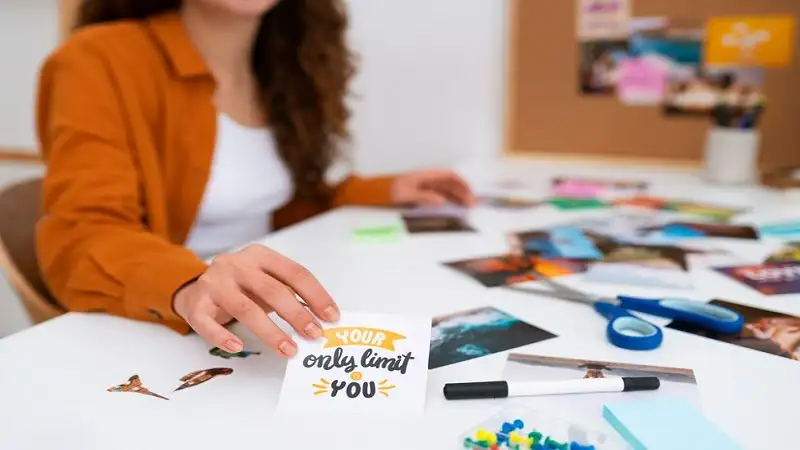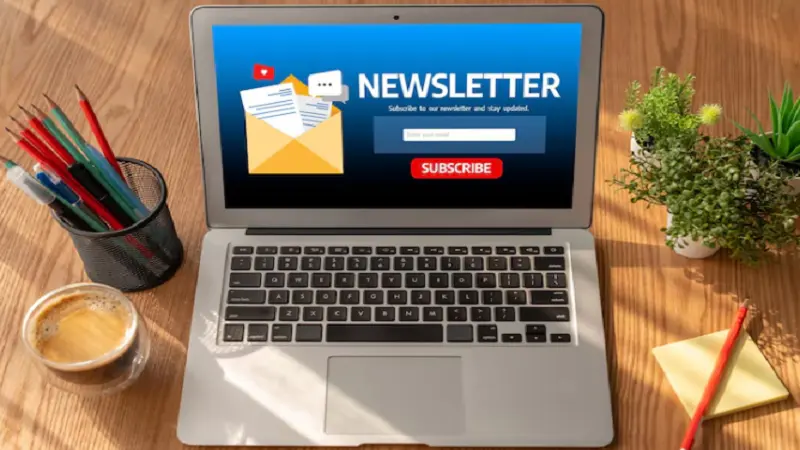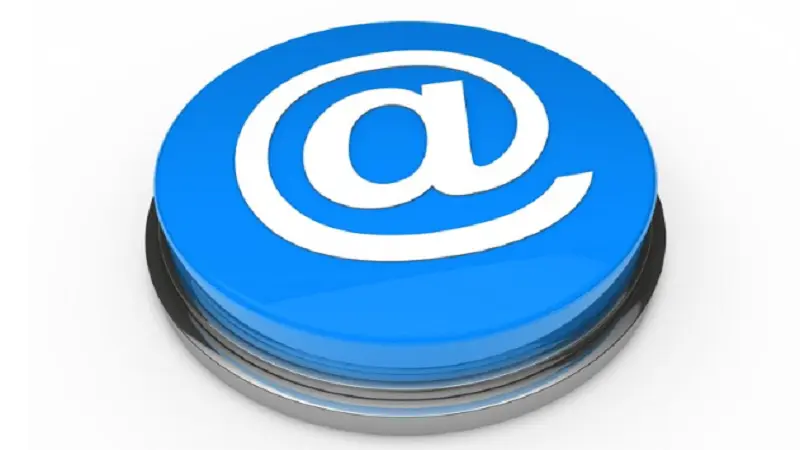Print Custom Cards: Elevate Your Brand with Personalized Designs
In today’s highly competitive market, custom printed cards are essential for any business or individual looking to leave a lasting impression. From business cards to greeting cards, invitations, and postcards, a custom design can elevate your message, ensuring your brand stands out. Whether you’re a small business owner, an event planner, or someone looking to personalize a special occasion, custom cards can offer the perfect blend of functionality and creativity.
In this comprehensive guide, we’ll explore the different types of custom cards, why they are important, and how to create the perfect custom card to suit your needs.
Why Choose Custom Printed Cards?
1. Personalized Branding and Professionalism
First impressions matter. When it comes to networking or presenting your brand, handing over a professionally designed business card can make all the difference. Custom cards allow you to convey your company’s identity, values, and style through carefully selected fonts, colors, and designs. Whether it’s a sleek modern look or a creative artistic design, custom business cards set you apart from the generic, templated options that many businesses opt for.
Additionally, printed cards aren’t limited to business purposes. Custom greeting cards can be a powerful way to show appreciation to clients, partners, or friends. A well-designed, personalized greeting card fosters a deeper connection, showing that you’ve put thought into your communication.
2. Creative Flexibility
One of the best things about custom-printed cards is the vast creative flexibility they offer. With custom printing, you aren’t confined to pre-set templates or designs. You can customize:
- Materials: Choose from high-quality cardstock, recycled paper, or premium textures.
- Finishes: Opt for glossy, matte, embossed, or even metallic finishes to create a unique tactile experience.
- Shapes and Sizes: From traditional rectangular business cards to custom die-cut shapes, the possibilities are endless.
- Inks: Use vibrant colors or metallic inks to make your design pop.
This flexibility allows you to tailor your cards to suit specific events, brand aesthetics, or personal preferences.
Types of Custom-Printed Cards
1. Business Cards
Custom business cards are essential for networking. A well-crafted business card is more than just contact information; it’s a visual representation of your brand. Customizing your business card with unique shapes, embossed logos, or even QR codes can make a lasting impression.
Best Practices for Designing Custom Business Cards
- Simplicity: While it may be tempting to include a lot of information, simplicity is key. Stick to essential details like name, title, company, and contact information.
- Consistency with Branding: Ensure your business card reflects the colors, fonts, and style of your brand.
- Readable Fonts: Make sure that the fonts you choose are legible and professional.
2. Greeting Cards
Custom greeting cards add a personal touch to any occasion, whether it’s a holiday, thank you note, or celebration. Companies can use greeting cards as a gesture of goodwill toward clients or employees, while individuals might use them to personalize messages for family and friends.
Key Design Tips for Custom Greeting Cards
- Occasion-Specific Designs: Tailor your card’s design to the holiday or event.
- Personal Messages: Include space for a handwritten or customized digital message.
- Quality Materials: Opt for premium cardstock to give your card a luxurious feel.
3. Invitation Cards
For weddings, corporate events, or personal parties, custom invitations are the perfect way to set the tone of the event. Whether it’s a formal black-tie event or a casual gathering, custom invitations reflect the theme and importance of the occasion.
Tips for Designing Custom Invitations
- Clear Information: Ensure that key details such as date, location, and RSVP are easy to read.
- Theme Consistency: Match the design to the theme of your event (e.g., rustic, modern, elegant).
- Creative Embellishments: Consider adding foil stamping, embossing, or ribbon to enhance the look.
4. Postcards
Custom postcards are a cost-effective marketing tool, great for direct mail campaigns, promotions, and personal messages. They provide a quick, visual way to communicate with your audience, and their unique designs make them memorable.
Design Strategies for Custom Postcards
- Strong Imagery: Use high-quality images that align with your message.
- Clear Call to Action: Make sure your postcard includes a compelling CTA, whether it’s to visit a website, attend an event, or make a purchase.
- Minimalist Design: Postcards have limited space, so keep your message concise and to the point.
Benefits of Custom Printed Cards
1. Enhanced Personalization
When you design custom cards, you can tailor every aspect of the card to suit your needs. Whether it’s incorporating your company’s logo, specific color schemes, or a personalized message, custom cards give you full creative control. Personalized cards are a great way to demonstrate attention to detail and thoughtfulness, making them ideal for businesses that value building strong relationships with clients.
2. Versatility
Custom cards are versatile and can be used in various situations, including:
- Thank you cards for customer appreciation.
- Birthday cards for employees or clients.
- Holiday greeting cards for festive seasons.
- Promotional cards to announce special offers or events.
3. Memorable Marketing Tool
In an age where digital marketing dominates, printed custom cards serve as a tangible reminder of your brand. Physical items like cards have a lasting impact as they’re often kept, pinned, or shared, making them an effective long-term marketing tool.
How to Design the Perfect Custom Card
1. Define Your Purpose
Before designing your card, clearly define its purpose. Whether it’s a business card, invitation, or postcard, the design should match the function and message. Are you looking to impress potential clients, show appreciation, or promote an event? Defining your goal will guide your design choices.
2. Choose the Right Printing Service
Selecting the right printing service is crucial to ensure the quality of your custom printed cards. Look for printers that offer a wide range of customization options, from high-quality materials to specialty finishes. Online services often allow you to upload your designs and preview them before placing an order.
3. Focus on Design Elements
The design of your custom card should be eye-catching but not overwhelming. Here are a few key design elements to consider:
- Color Scheme: Choose colors that represent your brand or suit the occasion.
- Typography: Select fonts that are easy to read and match your brand personality.
- Images and Logos: Ensure that any images or logos are of high resolution and properly aligned within the design.
4. Proofread
Before sending your card to print, always proofread your design to ensure there are no typos or errors. A small mistake on a printed card can detract from its professionalism.
Conclusion
Custom printed cards are a versatile and powerful tool for anyone looking to create a lasting impression, whether for personal use or business purposes. By investing in high-quality, custom designs, you not only enhance your brand’s image but also create meaningful connections with your audience. From business cards to invitations, postcards, and greeting cards, the options are endless. Make sure to focus on thoughtful design, quality materials, and clear communication to ensure your custom cards are effective and memorable.




